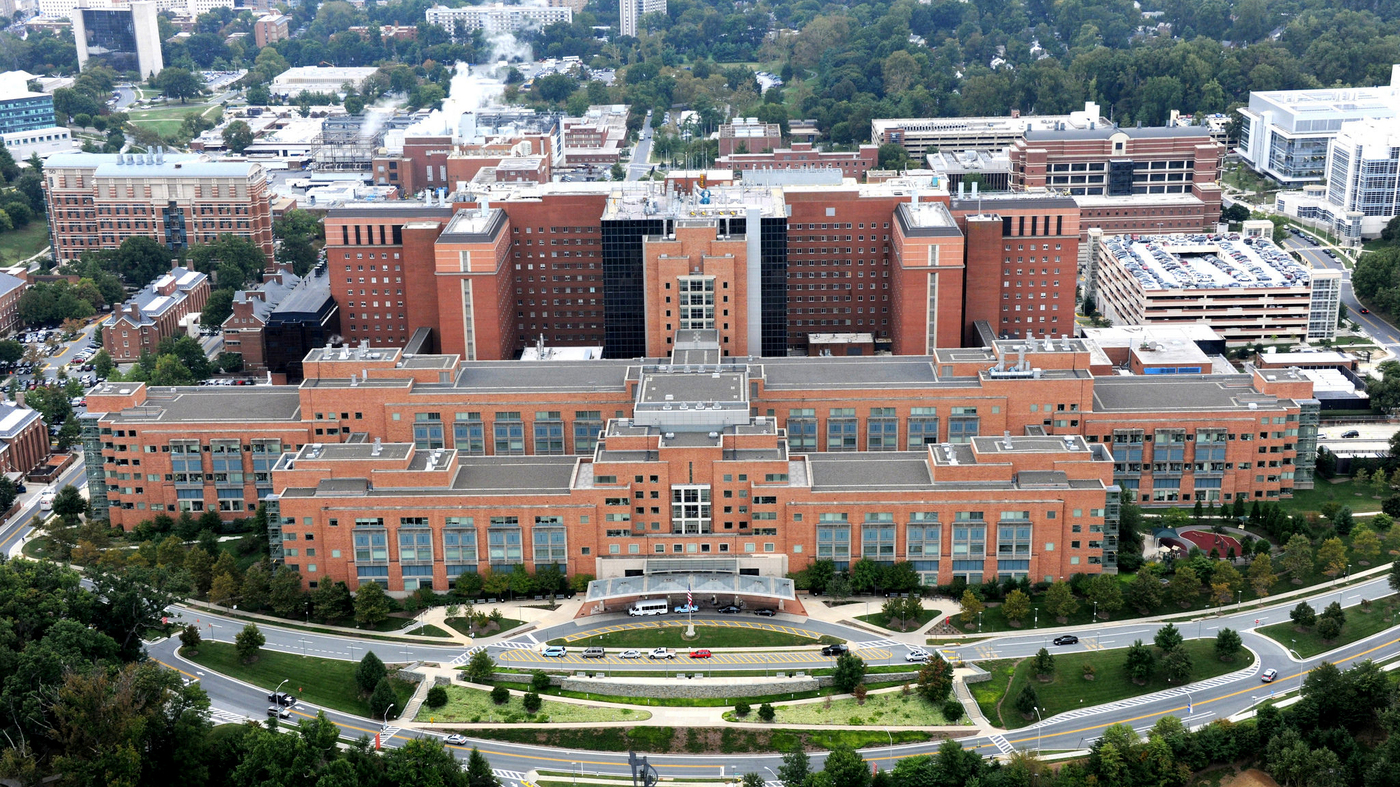
LONDON (Reuters) – Amazon brought a little cheer to Britain’s troubled labor market on Thursday, saying it will create a further 7,000 permanent jobs in 2020, taking total new hires this year to 10,000.
Last month the number of people in work in Britain suffered the biggest drop since 2009 and the coronavirus is expected to take a much heavier toll on unemployment when the government winds down its huge job-protection scheme.
The one bright spot however has come from online retail and logistics as orders surged during lockdown. Amazon’s latest recruitment will take its total UK workforce to over 40,000 by the end of the year.
The U.S. internet giant said the 7,000 new roles will be for warehouse workers, as well as engineers, HR and IT professionals and health and safety and finance specialists.
The jobs will be in over 50 sites, including two new distribution centers in the north east and central England and at corporate offices.
It said it needed more staff to meet growing customer demand for its services and to enable small and medium sized enterprises selling on Amazon to scale their businesses.
Amazon has also started recruiting for more than 20,000 seasonal positions across the UK for the festive period.
Last month the Confederation of British Industry said British retailers had cut the most jobs since the depths of the financial crisis and expected the pace of losses to accelerate.
Well-known British retailers Marks & Spencer, John Lewis, Debenhams, WH Smith and Dixons Carphone have all announced job cuts in recent weeks, reflecting the rapid shift in demand to online sales.
Tesco, Britain’s biggest supermarket, said it would create 16,000 permanent roles to meet the surge in home deliveries.
(Reporting by James Davey; editing by Kate Holton)











